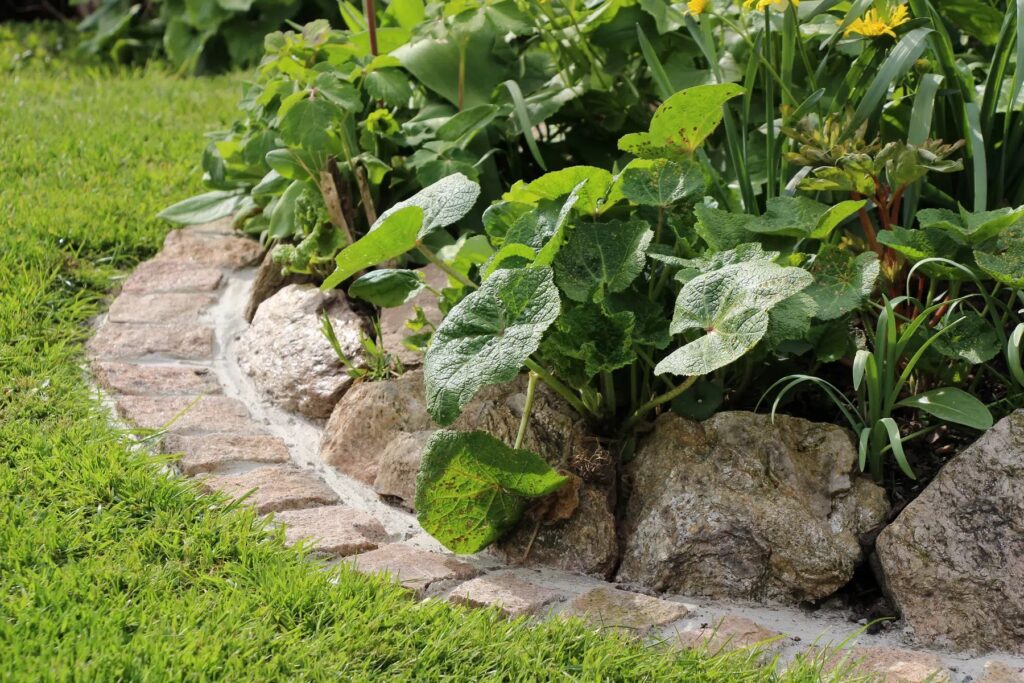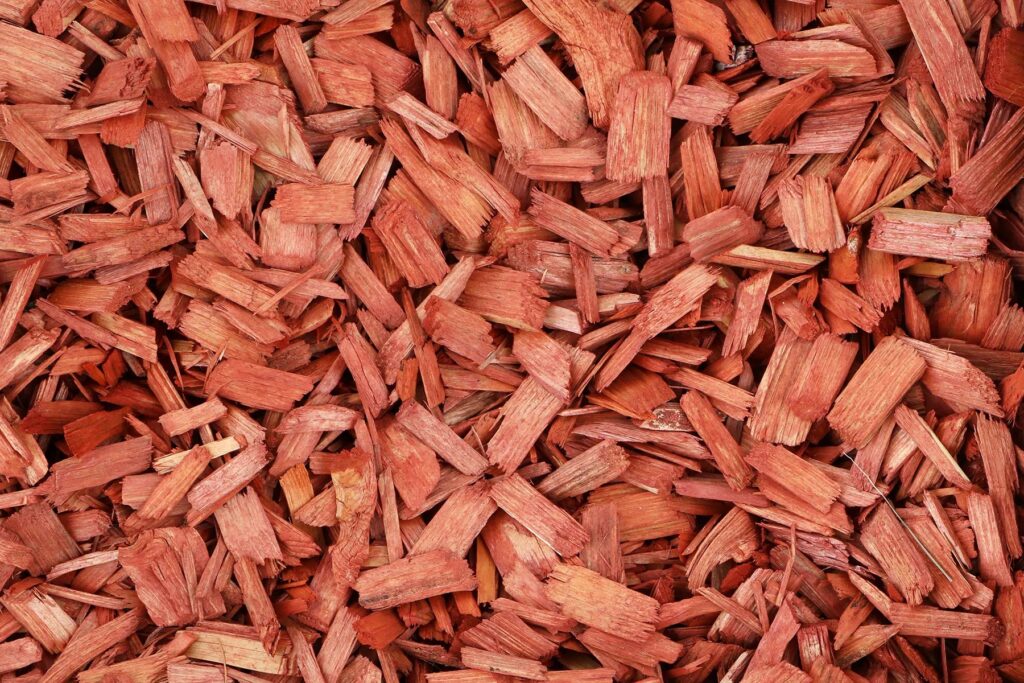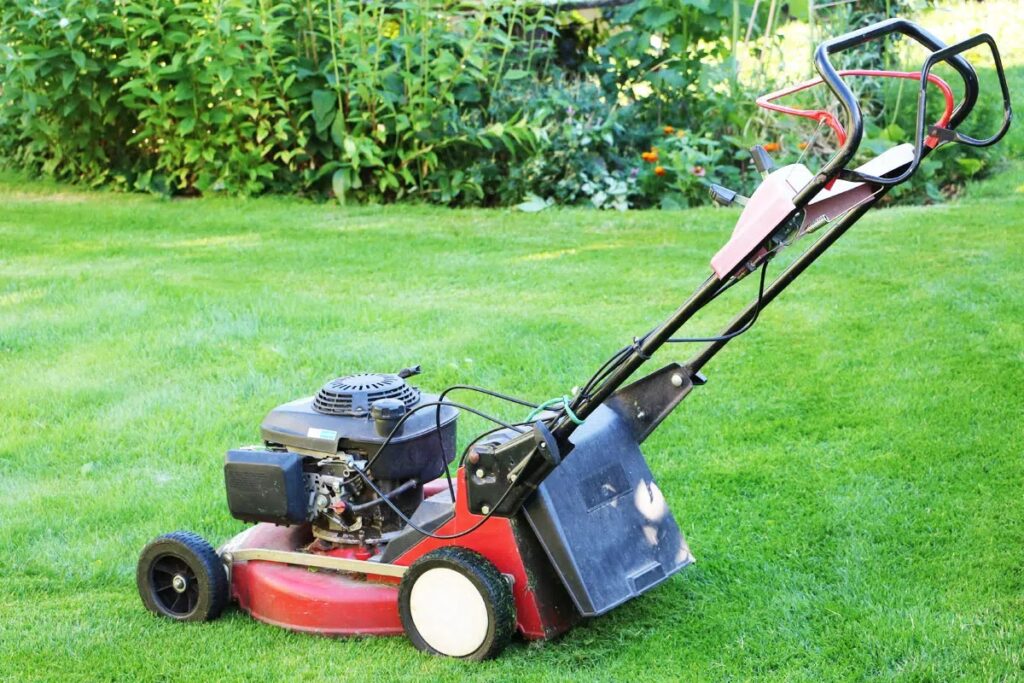Grass is wonderful when it forms a dense green lawn. However, in most other places in the garden it is undesirable. Read here how to remove grass from the bed.
Grass is wonderful when it forms a dense green lawn. However, in most other places in the garden it is undesirable. Read here how to remove grass from the bed.
- do not use chemical weed killers
- harm all plants and soil organisms
- regular weeding is necessary
- barriers help
- protect hedges and ground cover
Unwanted grass on the flower bed
Experienced amateur gardeners recommend beginners to regularly remove weeds from beds, because they deprive bedding plants of important nutrients, and also create a messy impression. However, for those who don’t get out into the garden every day, this is easier said than done. In addition to typical garden weeds such as dandelions (Taraxacum sect. Ruderalia), couch grass (Elymus), field bindweed (Convolvulus arvensis) and nettles (Urtica), grass also makes its way onto beds. We’ve compiled tips for removal and prevention.
Contents
- 1 Remove grass from the bed
- 2 Prevent grasses in the bed
- 3 Plant hedges
- 4 Mulching
- 5 Mowing the lawn
- 6 Frequently asked questions
- 7 Can you destroy grass on the bed with boiling water?
- 8 What grass species like to settle on flower and vegetable beds?
- 9 Is it possible to do something about unwanted grasses when creating new beds?
- 10 Author
Remove grass from the bed
Weed the grass on your perennial and vegetable beds as often as possible! The sooner you remove it, the better you prevent its spread.
Rip it out deeply
If you just rip out grass on the bed, you may leave remnants of the roots in the soil. New plants can grow from these. Therefore, use a weed cutter to remove the roots as completely as possible.
Prevent grasses in the bed
Create barriers
Lawn edging available at hardware stores create barriers between beds and lawns. Otherwise, the grass will grow into the beds. Even with lawn edging, however, you can’t completely avoid plucking, because grass reproduces via seeds and underground rhizomes.

Tip: Stones can also create boundaries. However, they must be set very close and deep to prevent the spread of the grass.
Plant hedges
Hedges are real all-rounders in the garden. They create habitats for beneficial insects and form natural dividers. Hardy plants such as lavender that don’t let grass get in their way are suitable for this purpose.
Note: Lavender hedges magically attract bees and flower-visiting insects. So in addition to protection from weeds, pollination of your crops is assured.
Mulching
Under perennials and between vegetable plants, you can contain weed growth with a layer of mulch. We recommend straw or bark mulch for this purpose:
- Mulch prevents settlement of unwanted plants
- protects soil from heat and drought in summer
- prevents frost damage to roots in cooler seasons
- mulched beds look neater

Tip: Bark mulch and straw gradually rot. In the process, they extract nutrients from the soil. If necessary, the bed must therefore be additionally fertilized.
Observe flowering time
Attention, grass and many weeds reproduce by seed. Therefore, remove the plants at the latest when the first buds are visible. The flowering time of most grasses is between May and September.
Mowing the lawn
Mowing the lawn frequently helps prevent unwanted spread. However, do not mow too short. Additionally, dethatch and fertilize your lawn regularly to support dense growth. The less chance of the establishment of unwanted grass species in the garden.

Dispose of safely
If you put grasses that have been torn out in the compost, you risk spreading seeds on the beds again when you spread the compost. Therefore, dispose of the plants safely in organic or household waste.
Plant ground cover
Low groundcovers are suitable on the perennial bed to give the grasses a run for their money. Suitable plants that form dense carpets, effectively preventing grasses from establishing, are:
- Carpet Knotweed (Persicaria affinis).
- Purple bellflower (Heuchera)
- Thyme (Thymus)
- Bergenia (Bergenia)
- Cranesbill (Geranium)
Frequently asked questions
Can you destroy grass on the bed with boiling water?
Boiling water at first glance seems to be ecological. It kills weeds without chemicals. Grass plants are also affected by a hot pour. However, we do not recommend this procedure, because even the important microorganisms in the soil can not survive it.
What grass species like to settle on flower and vegetable beds?
Common bluegrass (Poa trivialis), European ryegrass (Lolium perenne), common couch grass (Elymus repens), and red fescue (Festuca rubra) are among the most common species.
Is it possible to do something about unwanted grasses when creating new beds?
If you have prepared an area and covered it with sifted soil, laying weed fleece will help against the establishment of unwanted grasses.


